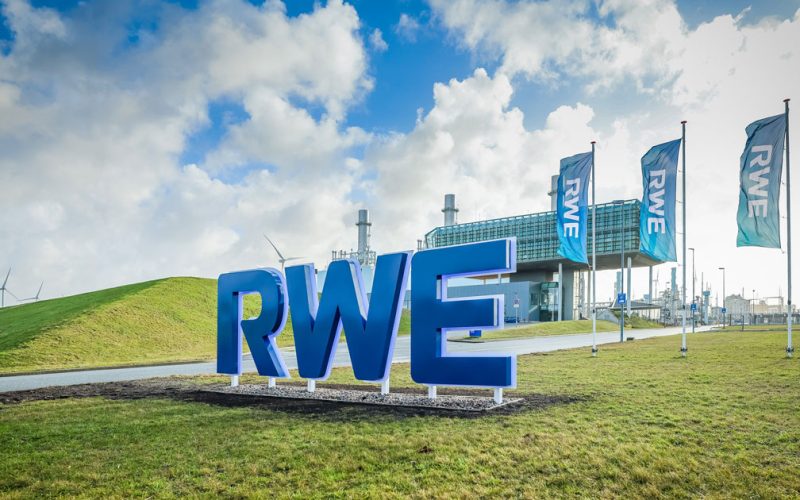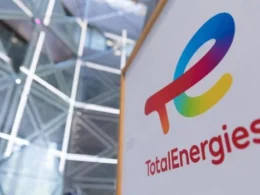German energy giant RWE has announced a €1.4 billion ($1.5 billion) partnership with Norges Bank Investment Management (NBIM), the asset manager of Norway’s sovereign wealth fund, for two of its flagship offshore wind projects — the Nordseecluster in Germany and Thor in Denmark.
Under the agreement, NBIM will acquire a 49% stake in both projects, marking its first direct investment in offshore wind infrastructure under construction. RWE will retain a 51% majority stake and continue to lead the development, construction, and long-term operation of both farms.
The transaction, subject to customary regulatory approvals, is expected to close in the first quarter of 2025.
The Nordseecluster, situated roughly 50 kilometres north of Germany’s Juist Island in the North Sea, is being developed in two phases. The first phase, Nordseecluster A, will have a capacity of 660 megawatts (MW) and is scheduled for full commissioning in 2027. The second phase, Nordseecluster B, will deliver an additional 900 MW by 2029. Once operational, the entire cluster will generate enough renewable electricity to power 1.6 million German homes.
Meanwhile, Denmark’s Thor offshore wind farm — located 22 kilometres off Jutland’s west coast — is set to become the country’s largest offshore wind project. With a total capacity of 1,080 MW and full commissioning also expected in 2027, Thor will produce enough green power to supply over one million Danish households.
Both projects will benefit from long-term contracted revenues, providing stable cash flows and reducing investment risk — an attractive prospect for institutional investors like NBIM.
“RWE is one of the world’s leading players in offshore wind, with over 20 years of experience and 19 operational offshore wind farms,” the company stated. In addition to Nordseecluster and Thor, RWE is also advancing the construction of the Sofia offshore wind farm off the UK coast and OranjeWind in Dutch waters, both progressing on schedule.
The collaboration marks a significant step in scaling up Europe’s green energy infrastructure and underscores growing institutional appetite for low-carbon investments with long-term returns.





















